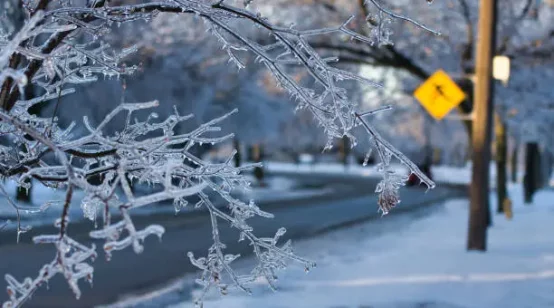
Recent research suggests that vast reserves of white hydrogen—an untapped, clean energy source—may be hidden beneath mountain ranges. This discovery could revolutionize the global transition away from fossil fuels and provide a sustainable alternative for industries with high energy demands.
The Potential of White Hydrogen
White hydrogen, also known as natural or geologic hydrogen, has gained interest in recent years due to its ability to produce only water as a byproduct when burned. Unlike commercially produced hydrogen, which often relies on fossil fuels, white hydrogen occurs naturally within the Earth’s crust. However, one major challenge has been locating significant reservoirs large enough to be harnessed as a viable energy source.
To address this, a team of scientists utilized computer simulations to track tectonic plate movements and identify areas with optimal conditions for hydrogen production. Their findings, published in Science Advances, highlight mountain ranges such as the Pyrenees, the European Alps, and sections of the Himalayas as potential hotspots.
How White Hydrogen Forms
Hydrogen can be generated naturally through various processes, including the breakdown of radioactive minerals. However, the study focused on “serpentization,” a chemical reaction that occurs when water interacts with iron-rich rocks from the Earth’s mantle, leading to hydrogen production.
These mantle rocks are typically found deep underground, beyond the reach of water. However, over millions of years, geological shifts can push them closer to the surface, making them accessible. This process occurs in two key ways: when continents split apart, exposing mantle rocks beneath oceans, and when continental plates collide, forcing deep-seated rocks upward.
New Methods for Identifying Hydrogen Deposits
Using advanced modeling techniques, the research team pinpointed regions where these mantle rocks have been exposed in significant quantities. The results suggest that mountain ranges with deep geological faults and abundant mantle rock could be prime locations for natural hydrogen reserves.
White hydrogen was first discovered by accident in 1987 in Mali when a water well explosion led to the realization that hydrogen was seeping from underground. Since then, smaller deposits have been identified in countries such as the U.S., Australia, and France, but locating commercially viable quantities has remained elusive.
Challenges and the Road Ahead
While this discovery is promising, the next step is determining where large reservoirs of white hydrogen have accumulated. In addition to identifying natural deposits, scientists are exploring the possibility of artificially stimulating serpentization by injecting water into mantle rock formations.
Currently, early exploration efforts are underway in parts of Europe and the United States. However, significant challenges remain in terms of extraction, storage, and transportation infrastructure. Experts believe it could take decades before white hydrogen becomes a commercially viable energy source.
Despite these hurdles, researchers remain optimistic. Just as oil was once considered an impractical energy source before extraction techniques advanced, white hydrogen may follow a similar trajectory, potentially transforming the global energy landscape.





